
How Dynamometers Enhance Engine Diagnostics and Testing
Necessitating precise measurements, dynamometers unlock the secrets of engine performance, but what else can they reveal about engine diagnostics and testing?
Hidden expenses associated with owning a dynamometer include an initial investment ranging from £35,000 to £100,000. Installation costs between £2,100 to £4,900, with additional expenses for below-ground setups.
Ongoing maintenance varies, with some types requiring more attention. Calibration ensures accuracy, while software updates improve efficiency. Repair and replacement costs are inevitable with regular use.
Operational costs such as electricity, water, oil changes, and insurance can accumulate. Employee training is essential, ranging from £500 to £2,000. Setting aside a budget for downtime due to repairs is crucial. These factors highlight the various considerations involved in owning a dynamometer.
Initial Investment Costs
When considering the purchase of a dynamometer, one must be prepared for the substantial initial investment costs involved. These costs can range from £35,000 to £100,000, depending on the brand and model selected. Understanding the financial commitment required is crucial for those entering the world of dyno testing. Whether establishing a dyno shop or expanding an existing one, the initial outlay for the equipment is a significant consideration.
Investing in a dynamometer is like laying the foundation for a dyno shop. It is the cornerstone that will support all future dyno testing ventures. The precision and accuracy provided by a quality dynamometer justify the initial expense, as it forms the backbone of reliable performance testing.
In addition to the purchase price, other costs such as installation, maintenance, and upgrades should also be taken into account when planning for a dyno shop. This holistic approach ensures that the dyno operation functions smoothly and effectively, delivering accurate results for years to come.
Installation Expenses
Upon acquiring a dynamometer, owners must allocate funds for installation expenses, which vary depending on the type of dyno and specific setup requirements. When considering installation costs for a chassis dyno, here are some key points to keep in mind:
Ongoing Maintenance Charges
Ownership of a dynamometer involves continual maintenance expenses that vary based on the type of dyno and its specific upkeep needs. For example, dynos used for forced induction applications may require more frequent maintenance due to the heightened stress on components. Regular maintenance tasks, like changing the oil in the pods every five years, are crucial to ensure top performance and accuracy. Dyno days, where enthusiasts gather to test their vehicles, can also affect maintenance requirements, particularly for roller-type dynos that undergo more wear and tear during such events.
When considering ongoing maintenance costs, Dynapack dynos are notable for their minimal upkeep demands compared to other dynamometers. The expenses for maintaining a Dynapack are relatively low, making it a crucial choice for those aiming to reduce long-term maintenance charges. Moreover, the absence of significant installation costs further enhances the attractiveness of owning a Dynapack dynamometer.
Calibration and Software Updates
Ensuring proper adjustment and timely software updates are crucial aspects of maintaining the accuracy and functionality of a dynamometer system. When it comes to your dynamometer, it is essential to ensure it always operates optimally. Here are some key considerations regarding adjustment and software updates:
Ensure to explore specific examples and product recommendations when considering adjustments and software updates for your dynamometer system.
Maintenance and Costs for Dynamometer Components
Proper upkeep of a dynamometer involves taking into account the costs of repairing and replacing its various parts and keeping up with technological advancements. When a dynamometer is frequently used for testing, wear and tear on its components is unavoidable. This wear and tear can result in the need for repairs or replacements, which can become costly if not handled effectively.
Let's delve into potential costs you may face for repairing and replacing different components of your dynamometer:
| Component | Replacement Cost | Repair Cost | Frequency |
|---|---|---|---|
| Load Cells | £400 – £1600 | £80 – £400 | Every 2-5 years |
| Sensors | £240 – £800 | £40 – £240 | As required |
| Control Modules | £560 – £2400 | £120 – £560 | Every 3-7 years |
Operational Costs
Operational costs linked to owning a dynamometer mainly include electricity expenses, typically averaging around 4-5 amps on a standard 110-Volt, 15A household outlet. Here are some crucial points to consider for the smooth operation of your dynamometer:
Employee Training and Downtime Budgets
Creating a thorough training programme for employees and establishing effective downtime budgets are essential elements in maximising the efficiency and cost-effectiveness of owning a dynamometer. Training expenses for operating a dynamometer can range from £500 to £2,000 per person.
Providing your team with the necessary skills to operate the dynamometer accurately is crucial to prevent costly errors. Just like ensuring your team can handle a high-performance car on the dyno, proper training minimises the risk of mistakes that could lead to downtime.
Downtime budgets are equally vital, encompassing maintenance, repairs, and unforeseen issues that may amount to hundreds or even thousands of pounds annually. By investing in adequate training, you mitigate the chances of errors that could result in downtime, guaranteeing the smooth operation of your dyno.
In conclusion, owning a dynamometer involves various hidden costs that can add up over time. From the initial investment and installation expenses to ongoing maintenance and operational costs, it is important to budget for these extra fees. Remember to also factor in employee training and downtime budgets. Being aware of these concealed costs will help you make informed decisions and plan ahead for the financial responsibilities that come with owning a dynamometer.
If you have any questions about Hyper Dyno products, custom solutions, installation setup, training and certification, technical support and maintenance, software updates, rental services, dynamometer testing services, or accessories and parts, please feel free to contact us. We are here to assist and provide further information to spark your curiosity for more knowledge.

Necessitating precise measurements, dynamometers unlock the secrets of engine performance, but what else can they reveal about engine diagnostics and testing?
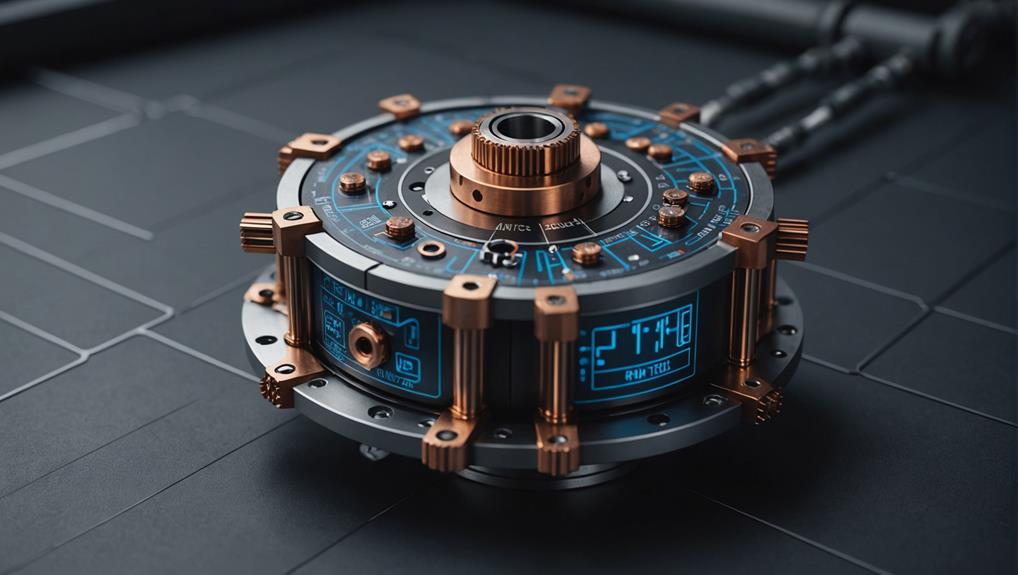
Navigating the complexities of torque measurement requires a deep understanding of the underlying principles and mechanisms to ensure accurate results.

Precise control and optimization of engine performance await, but only for those who unlock the secrets of dynamometer-driven data analysis.

Gaining insight into the differences between inertia and brake dynamometers is crucial for ensuring accurate testing results in various industries.
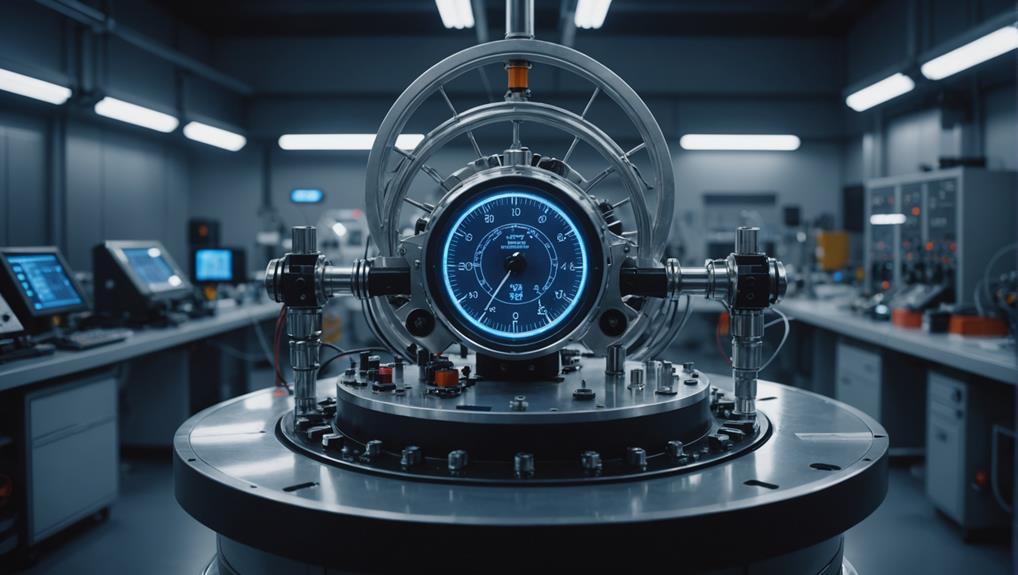
Tapping into the precise measurement capabilities of dynamometers, uncover the secrets to optimizing fuel efficiency and slashing emissions in the automotive industry.

Witness the importance of rigorous safety protocols and best practices in dynamometer testing to avoid catastrophic failures and ensure accurate results.
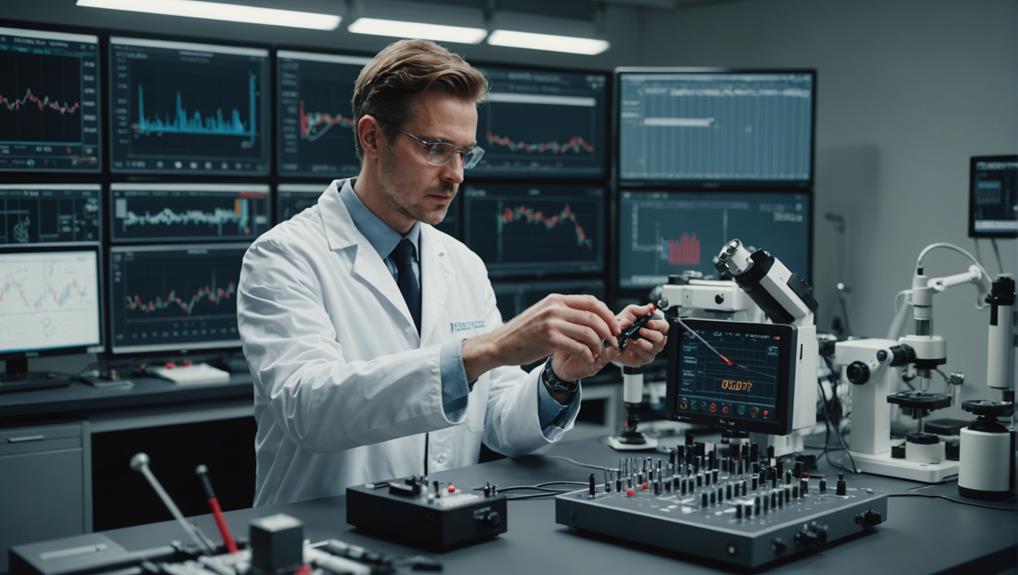
Harnessing the nuances of precision measurement is crucial to avoiding costly errors in dynamometer testing, but what are the key factors to consider?

Witness the transformative power of dynamometers in unlocking your vehicle’s hidden performance potential, but only if you know how to harness their precision.

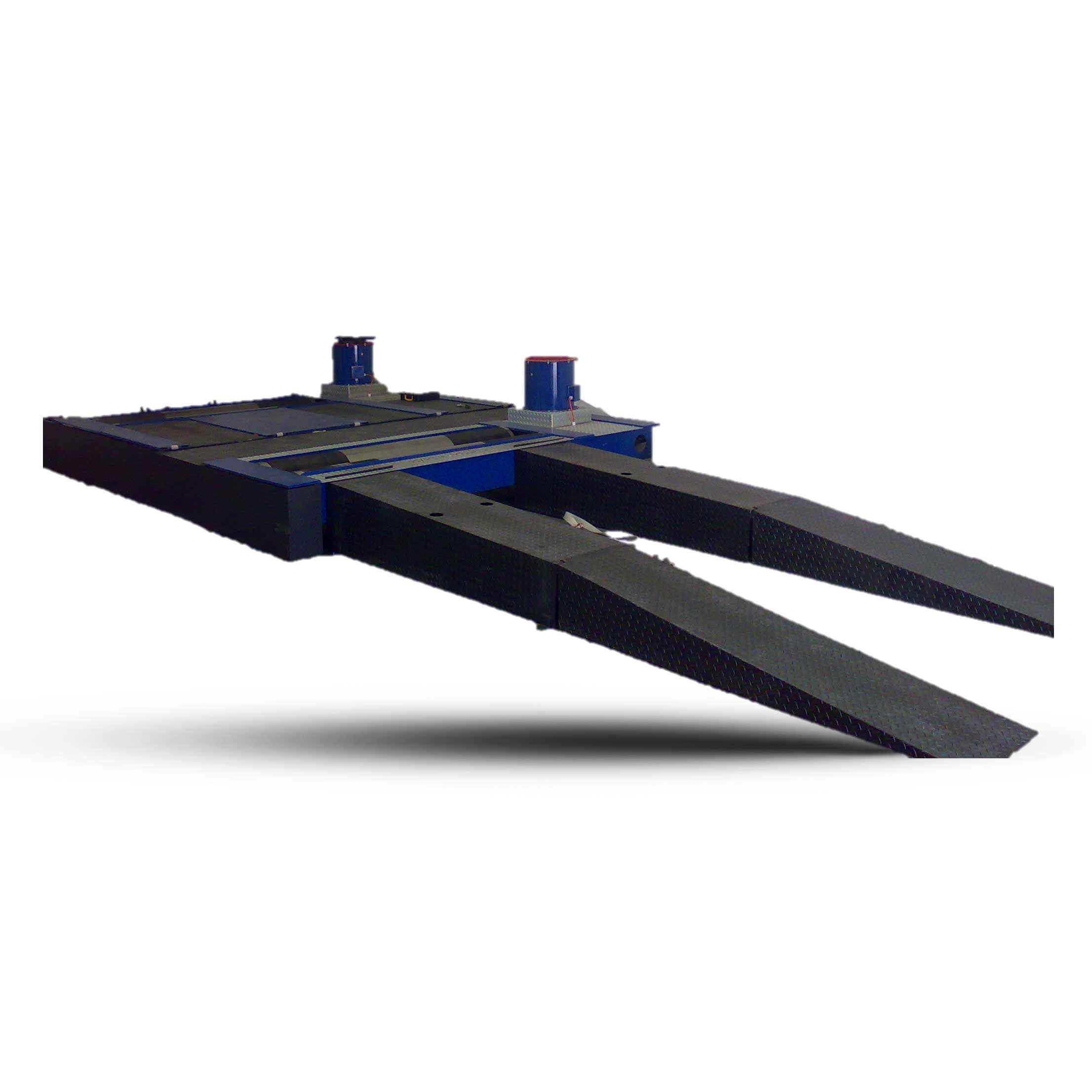

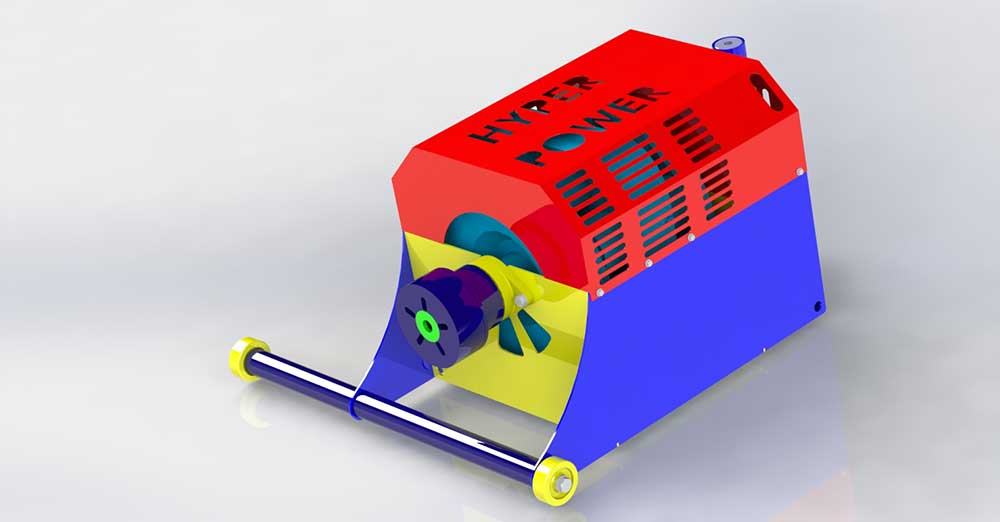
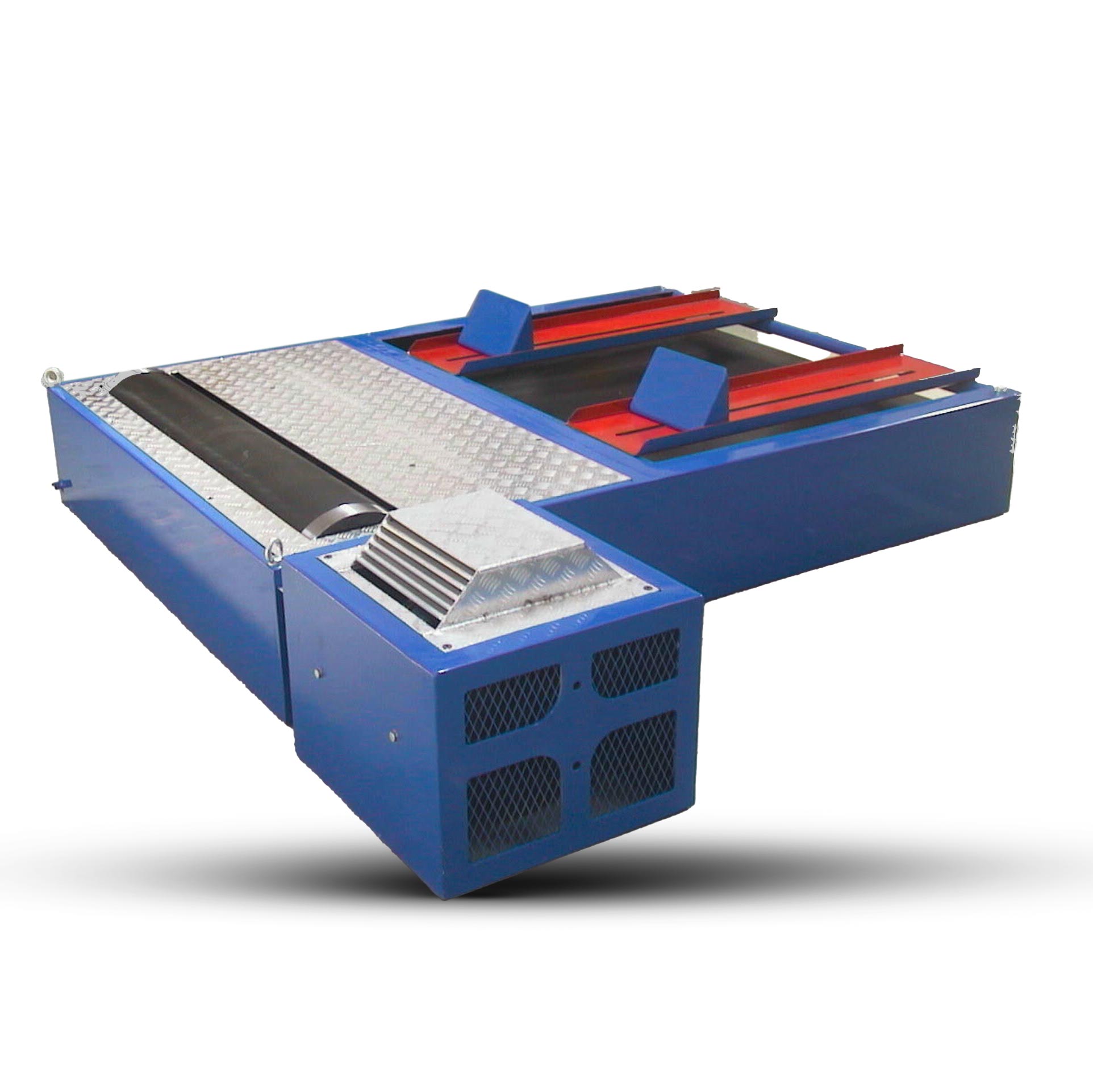

Hyper Power, the leading name in dynamometer solutions, offers unparalleled precision and reliability for all your performance testing needs.